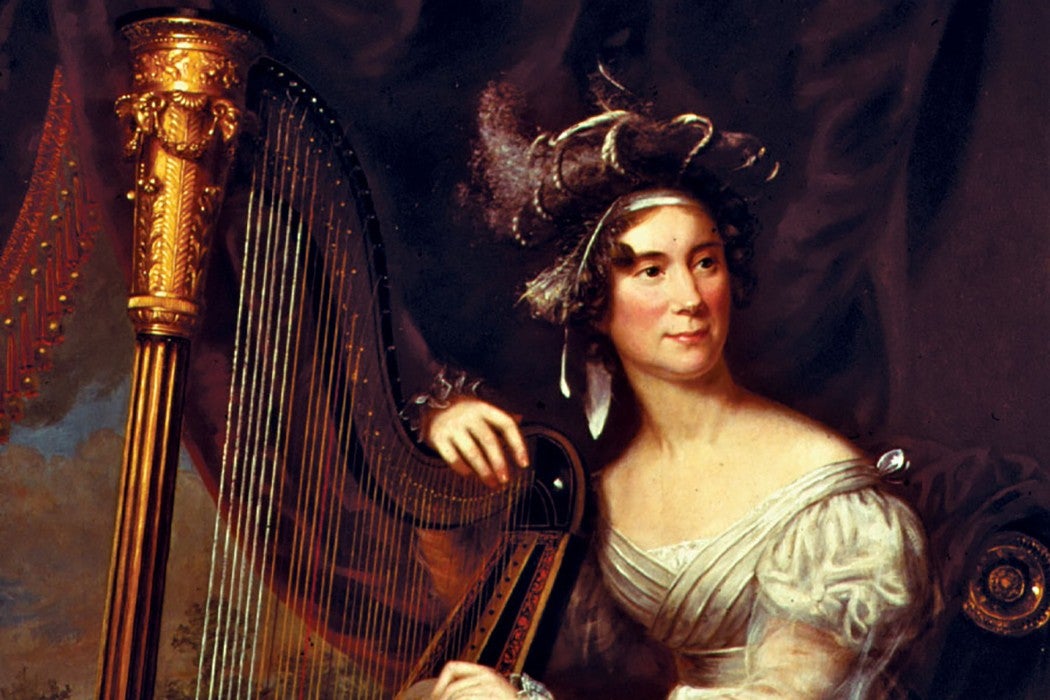Melania Trump, who reportedly will not immediately occupy the White House upon her husband’s inauguration, will not be your typical First Lady. But in one sense she is not unique: She’s not the first foreign-born First Lady in American history. As the historian L.H. Butterfield writes, that distinction was reserved for Louisa Catherine Adams.
These days, Adams is best known as the wife of the stubborn, dynastic John Quincy Adams, the sixth president of the United States. But Louisa should be better known in her own right, writes Butterfield, though “she was bound to be crowded from view by her husband.”
Louisa was born to a colonist who returned to England on mercantile business. Despite living in England, the family identified as American, and Louisa’s father represented Maryland in France when the family moved to Paris a few years after Louisa’s birth. Louisa loved life in France, writes Butterfield, “and felt herself to be more French than English when her family returned to London.” This led to a reputation of aloofness, but also is a testament to the cosmopolitan, well-traveled European style she eventually brought with her to America.
John Quincy Adams entered Louisa’s life in London. By that time, Louisa was one of a group of gorgeous, accomplished daughters, writes Butterfield—one who had grown up in fashionable Europe and not the upstart cities of the new country. But Louisa’s life of luxury did not last forever. Her father collapsed financially and was humiliated, and Louisa married Adams in the aftermath.
Mortified, but apparently comfortable in her role as beautiful wife of the American minister in Berlin, Louisa visited America for the first time when Adams was called home. There, she struggled with the public scrutiny of people curious about Adams’ wife, as well as illness and a much-hated trip to Russia when Adams was sent there by President Madison.
As Adams climbed the political ladder, first as Secretary of State and then as President, Louisa was at his side in high fashion. She became known for her epic balls, entertaining attempts to keep the White House fun, and love of the performing arts. However, the public outcry against her opulent First Ladyship was intense. As Butterfield notes, the public protested everything from her acquisition of a second-hand billiard table to her foreign birth, claiming that she was “aping royalty.” Louisa struck back with an unsigned article in her own defense, painting herself as “a woman of unassuming manners” and a patriot.
Will history repeat itself when First Lady Melania Trump (doesn’t) enter the White House in January? Only time will tell. Mrs. Trump may be a unique First Lady, but she won’t be the first—and perhaps the parallels that have already emerged between the two figures are evidence that history does repeat itself.







